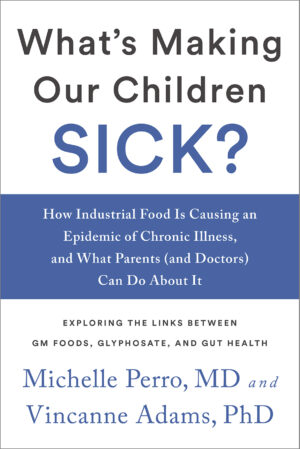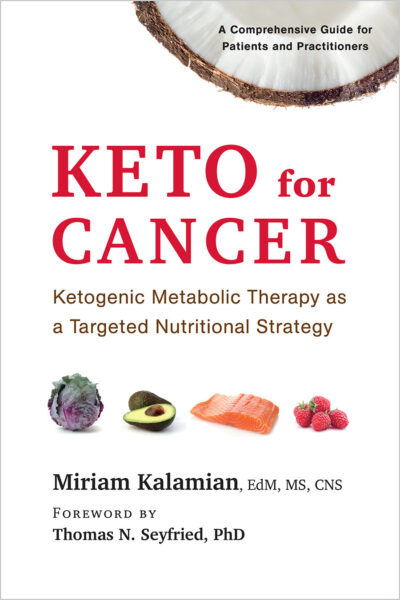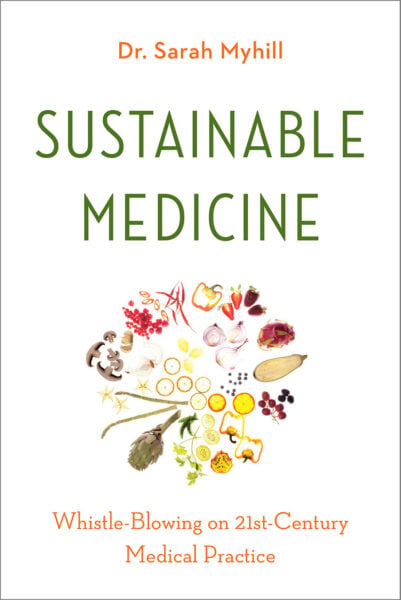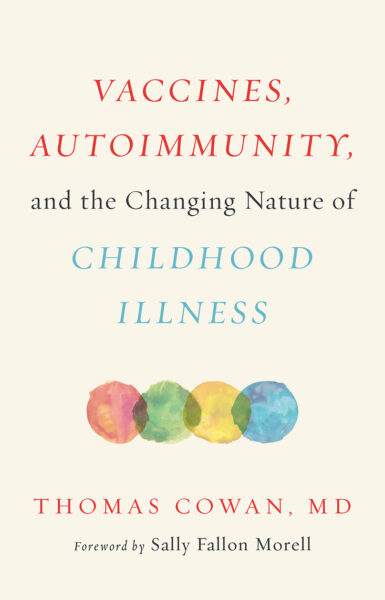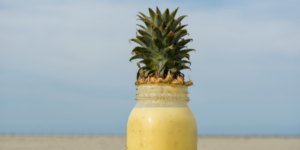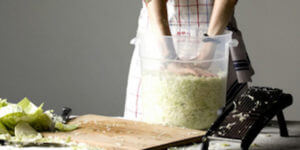Taking Action: A Parent’s Guide to Health in the 21st Century
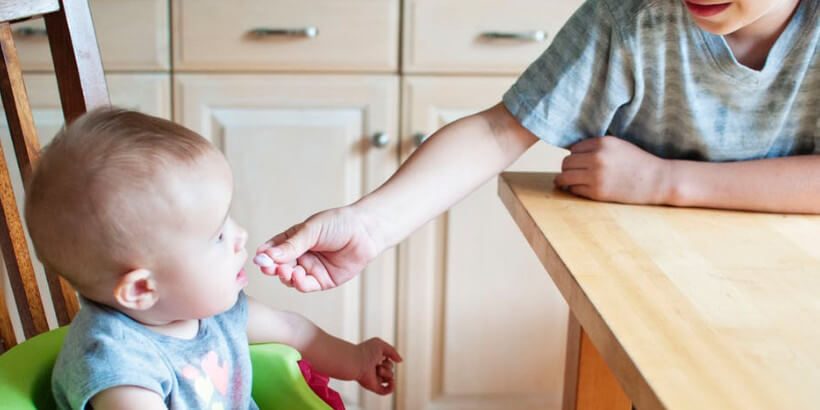
As chronic disorders among American children reach staggering levels, parents are starting to take action. They are on the front lines of changing the food landscape and have created a movement to ensure the health of future generations. As more people become involved, veteran pediatrician Dr. Michelle Perro and medical anthropologist Dr. Vincanne Adams deliver a call to action we should all heed.
The following excerpt is from What’s Making Our Children Sick? by Dr. Michelle Perro and Dr. Vincanne Adams. It has been adapted for the web.
Prefer Audio?
Listen to the following excerpt from the audiobook for What’s Making Our Children Sick?.
A new generation of kids with chronic, hard-to-diagnose, hard-to-treat health problems is getting sick because they are chronically exposed to poisons in their environment, and specifically in and from their foods.
Our children have guts that are impaired and immune systems that are overtaxed, making it hard for them to clear even the simplest health problems, such as colds. Eating processed foods that are high in carbohydrates, sugar, and hollow calories is the first problem, but we argue it is not the main problem. The more insidious danger is foods that are full of pesticides, hormones, and antibiotics.
Many of the mothers who have figured out that food is the key to their children’s health have also figured out that this effort must go beyond their homes and their neighborhoods. They know that even undertaking the simple act of making good food choices in grocery stores requires having the option to buy good foods in those stores in the first place.
 These mothers have taken on political efforts to quite literally change the food landscape. For many, especially those whose children are very young, the effort takes place on the home front, in schools, and in local communities. For others, the battle carries them to much larger theaters of debate. We call these moms “warrior moms”; they are leading us in the movement to eliminate our chronic exposures and ensure the health of our future generations.
These mothers have taken on political efforts to quite literally change the food landscape. For many, especially those whose children are very young, the effort takes place on the home front, in schools, and in local communities. For others, the battle carries them to much larger theaters of debate. We call these moms “warrior moms”; they are leading us in the movement to eliminate our chronic exposures and ensure the health of our future generations.
These mothers are working to provision communities with organic foods in places where they might not yet be available. They advocate for labeling of GMOs in the foods that are available and for eradicating pesticide spraying on farms and local parks. They call for funding independent research that will explore how the processes we use to grow our food matter in life and death sorts of ways. There are hundreds of small, locally active, and successful nongovernmental, grassroots groups that are doing amazing work (and not all were started by mothers). Frequently, these women have learned from their own very personal experiences with their sick children that the problems their kids face are much larger than themselves and their own kids. They are problems that must be tackled at a much higher level than just their own food choices.
In solidarity with these moms, we need to rethink our models of food production from the inside out, just as we need to heal the bodies of our children from the inside out. The healthy transitions we need to make within our microbiome must extend to changes in the outside world. Clinicians need to be at the front of this battle alongside the moms, the activists, and the leading-edge scientists who are already showing us the way to a healthier future.
Recent Articles
Garlic mustard: while known as “invasive,” this plant can be consumed in its entirety and has great nutritional value. Plus, the garlic-flavor is a perfect addition to any recipe that calls for mustard! The following are excerpts from Beyond the War on Invasive Species by Tao Orion and The Wild Wisdom of Weeds by Katrina…
Read MoreMany know the effects of catnip on our feline friends, but few realize that catnip has medicinal effects for humans. From stomach aches to reducing fevers, catnip is a versatile herb with many benefits. The next time you grow this plant for your cat you may end up taking a few cuttings for yourself! The…
Read MoreWhether you’re looking to replace your end-of-the-day cocktail, relax before bed, or want something new to add to your tea, this non-alcoholic mocktail syrup base will do the trick. Delicious and all-natural, take a sip of this nightcap mocktail and feel your troubles melt away. The following is an excerpt from Herbal Formularies for Health…
Read MoreSurprisingly, medicine can actually be delicious. This anti-inflammatory smoothie uses natural (and tasty!) ingredients to help reduce inflammation caused by any number of circumstances. The following is an excerpt from Herbal Formularies for Health Professionals, Volume 4 by Jill Stansbury. It has been adapted for the web. RECIPE: Ginger and Pineapple Anti-Inflammatory Smoothie This is an all-purpose…
Read MoreMake your own delicious, healthy, probiotic sauerkraut! Four easy steps are all you need to turn fresh garden veggies into a long-lasting, tangy, pungent condiment. The following excerpt is from The Art of Fermentation by Sandor Ellix Katz. It has been adapted for the web. 4 Simple Steps to Making Sauerkraut The English language does…
Read More

